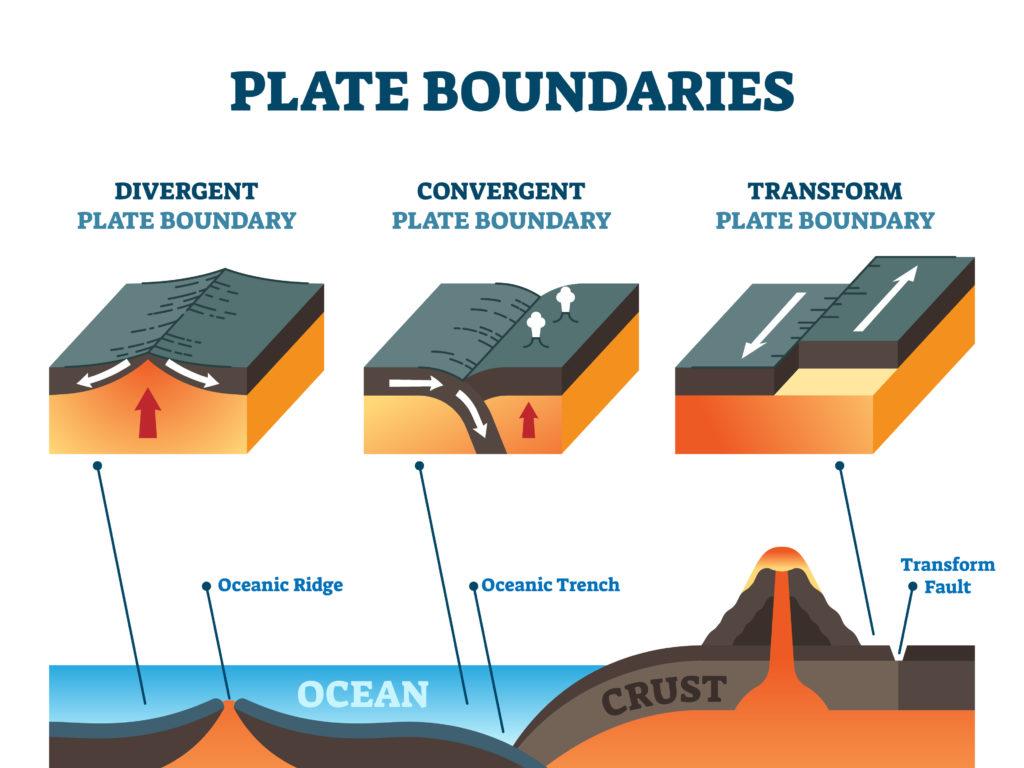Southern Colonies: Founding And Government
Subject: Social studies
Grade: Fifth grade
Topic: English Colonies In North America
Please LOG IN to download the presentation. Access is available to registered users only.
View More Content
Exploring the Southern Colonies
– Origins of the Southern Colonies
– Founded for agriculture & profit
– Key features of Southern life
– Plantations, slavery, and cash crops like tobacco
– Government in the Colonies
– House of Burgesses: early self-government
– Influence on modern America
– Foundations of US culture and politics
|
This slide introduces the Southern Colonies as part of the broader topic of Colonial America. Emphasize that these colonies were established mainly for agricultural purposes and profit, which led to the development of plantations and the use of slave labor. Highlight cash crops such as tobacco, which played a significant role in the economy. Discuss the House of Burgesses as an early form of self-government, which laid the groundwork for democratic governance in the United States. Connect the historical significance of the Southern Colonies to the students’ understanding of modern American culture and politics. Encourage students to think about how these early colonies might have shaped the nation they live in today.
Founding the Southern Colonies
– Jamestown: First English settlement
– Established in 1607, in Virginia
– Maryland, Carolinas, Georgia: Expansion
– These areas were later settled by the English
– Motives: Wealth and religious freedom
– Settlers sought new opportunities and freedoms
– Impact of these colonies
|
This slide introduces the founding of the Southern Colonies in the context of the English colonization of North America. Jamestown, Virginia, was the first permanent English settlement, established in 1607. It marked the beginning of the English America expansion, which later included the establishment of colonies in Maryland, the Carolinas, and Georgia. The settlers were often motivated by the pursuit of wealth, particularly through agriculture and trade, as well as the desire for religious freedom. Discuss the impact these colonies had on the development of the United States, including cultural aspects, economic patterns, and political structures. Encourage students to consider how these motives are still relevant in today’s society.
Geography and Climate of Southern Colonies
– Fertile land with long growing seasons
– Rich soil and warm climate allowed for extensive agriculture.
– Geography’s impact on economy
– The land determined the economic activities, mainly farming.
– Tobacco, rice, and indigo as main crops
– These were the most profitable crops, sold for money rather than for use by the farmers.
– Cash crops shaped the colonies
– The economy relied heavily on these crops, leading to large plantations.
|
This slide aims to teach students about the significant influence of geography and climate on the Southern colonies’ economy. The fertile land and long growing seasons were perfect for agriculture, which became the backbone of the Southern economy. Students should understand how the cultivation of tobacco, rice, and indigo as cash crops led to the development of plantation systems. These crops were in high demand in Europe, which made them very profitable. Emphasize the connection between the natural resources of the Southern colonies and their economic success. Encourage students to think about how geography can affect the way people live and work.
Life in the Southern Colonies
– Plantations and small farm life
– Large estates grew cash crops, small farms had diverse crops
– Enslaved Africans’ roles
– Enslaved Africans were forced to work on plantations
– Social classes in the colonies
– Society was divided into distinct classes based on wealth and job
– Settlers’ daily life
|
This slide aims to give students a glimpse into the everyday life of people in the Southern Colonies. Discuss the differences between plantations, which were large and focused on cash crops like tobacco and rice, and small farms, which were more diverse. Highlight the crucial yet tragic role of enslaved Africans who were an integral part of the plantation economy. Explain the social hierarchy, with wealthy landowners at the top and indentured servants or enslaved people at the bottom. Emphasize that daily life varied greatly depending on one’s social class and place of residence. Encourage students to think about how life in the colonies might compare to their own lives today.
Government in the Southern Colonies
– House of Burgesses explained
– First form of representative government in 1619, Virginia
– Governor and legislature roles
– Governor appointed by the king, legislature elected by colonists
– Process of law-making
– Laws proposed by legislature, approved by governor and council
– Settling disputes in the colonies
– Courts and town meetings resolved conflicts and enforced laws
|
This slide aims to educate fifth-grade students on the early forms of government in the Southern Colonies. The House of Burgesses was a significant step towards self-government, where colonists had a voice in making laws. The governor, appointed by the British monarch, worked with an elected legislature, which reflected the colonists’ desire for representation. Students should understand the process of how laws were created, emphasizing the cooperation between the governor and the colonial legislature. Additionally, it’s important to discuss how disputes were resolved, highlighting the role of courts and town meetings. This will give students a foundational understanding of the governance system that influenced the development of the United States’ own government.
The Southern Colonies and Native Americans
– Trade and conflict dynamics
– Exchanged goods and had conflicts with tribes
– European settlement impacts
– Settlements led to population and cultural shifts
– Treaties with Native Americans
– Agreements made for peace and land sharing
– Land agreements and changes
– Land ownership shifted from tribes to colonists
|
This slide aims to explore the complex relationships between the Southern Colonies and the Native American tribes. Emphasize the dual nature of interactions, where trade was common but conflicts also arose, often due to misunderstandings or competing interests. Discuss the profound impact European settlement had on indigenous populations, including the spread of diseases, which decimated tribes, and the cultural changes that occurred. Highlight the role of treaties and land agreements, which were often used to negotiate peace and delineate land ownership, but also consider how these agreements were frequently broken or misunderstood, leading to further conflict. Encourage students to think critically about the consequences of these historical events and to recognize the lasting effects on Native American communities.
Comparing Southern Colonies
– Economy, geography, society differences
– Southern economy relied on agriculture, different from others
– Unique features of Southern colonies
– Known for plantations, warm climate, and cash crops like tobacco
– Southern colonies in the 13 colonies
– They were an integral part of trade and expansion in America
|
This slide aims to highlight the distinct characteristics of the Southern colonies in comparison to the other English colonies in North America. Emphasize the agricultural economy of the South, influenced by the geography and climate, which was conducive to plantation farming. Discuss cash crops like tobacco, which played a significant role in the economy. Explain how society was structured around these plantations, with a focus on the class system and labor force. Lastly, place the Southern colonies within the context of all 13 colonies, discussing their contribution to the economy and how they fit into the larger story of colonization and the eventual formation of the United States. Encourage students to think about how these differences might lead to different lifestyles and viewpoints among the colonies.
Class Activity: Create Your Colony!
– Imagine founding a Southern colony
– Choose location & name your colony
– Decide on your government structure
– Plan crops & Native American relations
|
In this interactive class activity, students will apply their knowledge of the Southern colonies by creating their own colony. They should consider geographical factors for the location, such as climate and resources, which will influence the name and the type of crops they can grow. Students must also think about the kind of government they want to establish, drawing inspiration from historical examples discussed in class. Additionally, they should contemplate the relationship their colony would have with the Native Americans, emphasizing the importance of cooperation and respect. Encourage creativity and critical thinking. Possible activities: 1) Drawing their colony on a map, 2) Creating a government seal, 3) Writing a ‘colonist’s diary’ entry, 4) Designing a flag, 5) Role-playing a trade negotiation with Native Americans.






